
China's Great Wall of Debt
Shadow Banks, Ghost Cities, Massive Loans, and the End of the Chinese Miracle
First Edition: 2018 more...
ISBN: 9781328846013
Pages: 288
Recommendation
In this revealing book, financial journalist Dinny McMahon highlights how current aspects of China’s economy echo the events that led up to the 2008 financial crisis in the United States: lax economic policy, excessive creation of new money, rising nonperforming loans and self-perpetuating asset bubbles in property markets. Instead of tackling underlying structural problems, China’s government has unleashed massive stimulus in the form of a building boom that its leaders hope will maintain strong growth. But bubbles burst, and poor investments eventually come home to roost. McMahon’s insights reveal a complex nation and the global consequences of its decisions.
Summary
About the Author
Formerly a financial reporter for The Wall Street Journal in Beijing, Dinny McMahon holds a fellowship at the Woodrow Wilson International Centre for Scholars.








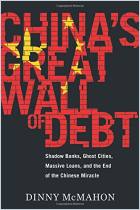
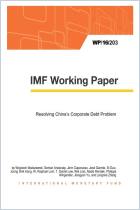
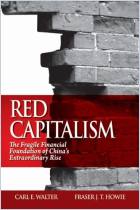
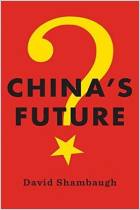

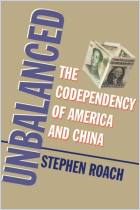





Comment on this summary